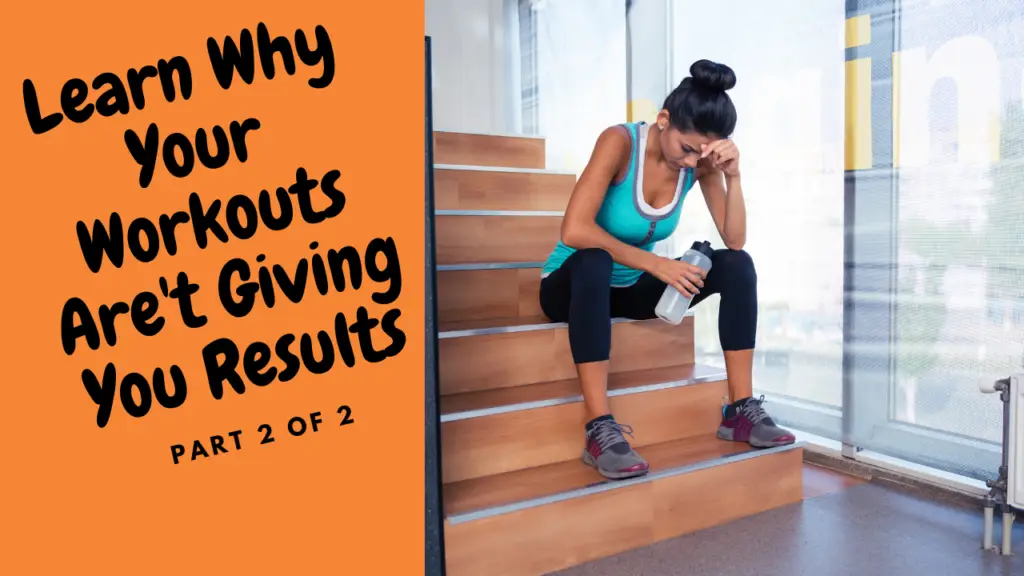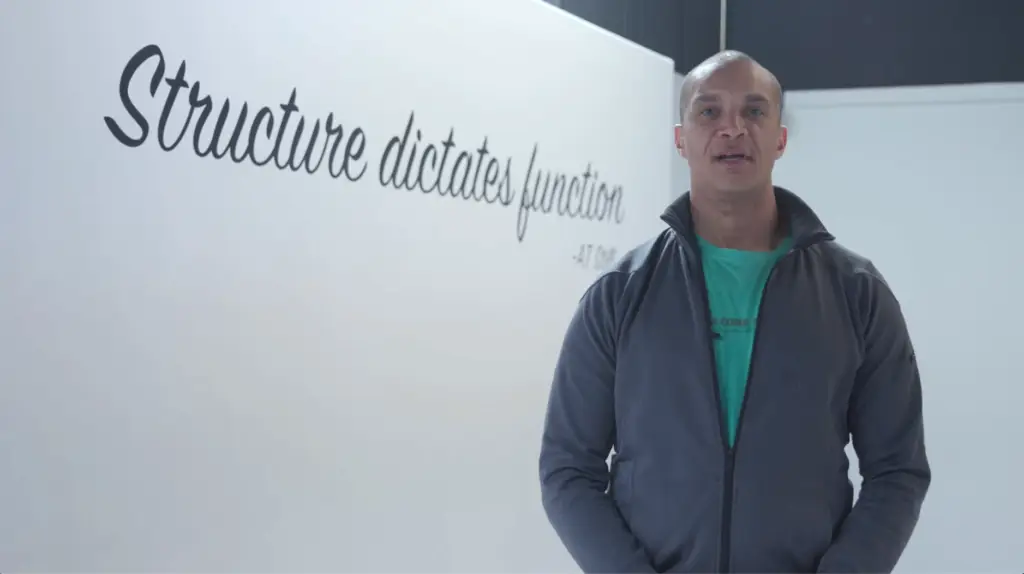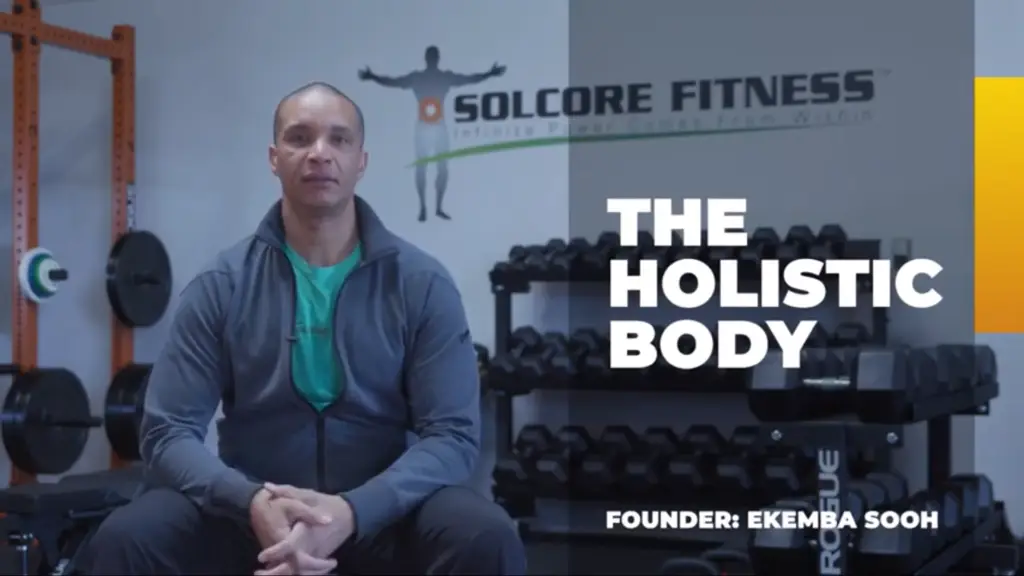
Why Aren’t You Seeing Results? Four Root Reasons
Many people wonder why their workouts are not producing results. Despite working out regularly, they don’t feel stronger, healthier, or more energetic. The science and philosophy of the body reveal four main reasons, each crucial for achieving sustainable results.
1. The Trap of Generic Fitness Promises
Fitness marketing often sells rapid results with minimal effort—ignoring diversity in structure, history, and personal needs. Scientific evidence shows these oversimplified promises lead to disappointment and lack of true progress because every body responds differently to training.
2. Ignoring Structure and Function
Inspired by osteopathic principles, it’s clear that individual structure shapes function, and vice versa. If structural imbalances are left unaddressed, functional capacity falters—leading to plateaus and injury even when effort is high.
Analogy:
Imagine a bridge out of alignment—if the cables aren’t balanced, traffic brings uneven strain and collapse.
3. Neglecting Holistic, Interconnected Systems
Bio-tensegrity teaches us that the body is interdependent—muscle, fascia, and joint positions dynamically affect each other. Ignoring these links means compensation and stagnation, even with consistent exercise. Holistic, full-body engagement is necessary for real strength and progress.
4. Disregarding Foundational Scientific Laws
Scientific rules (such as Hill’s Muscle Model, Bergmark’s Pit and Dam, and Pascal’s Law) remind us that true strength and resilience require attention to the tendons, fascia, contractile fibers, and force distribution throughout the body. Neglecting these laws risks overloads, injury, and lack of progress over time.
Analogy:
Like air in a soccer ball, internal pressure must be distributed evenly—if one area is weak or overloaded, it is more likely to fail.
How to Move Forward and See Results
- Start from your unique baseline—honest assessment is essential.
- Build your plan with personalized, holistic training that respects the structure and connectivity of your body.
- Address imbalances, adapt as you progress, and continually educate weak areas to promote lasting growth.
- Only sustained, full-body approaches with true progression lead to breakthrough results.
The Ultimate Holistic Exercise and Fitness Guide
Key Takeaways
- Sustainable exercise results rely on real science, structure, and holistic strategy—never on shortcuts or generic promises.
- Approved categories and tags strictly applied per workflow block.
Find out more @
it’s not just working out, it’s building a foundation for a better life.









